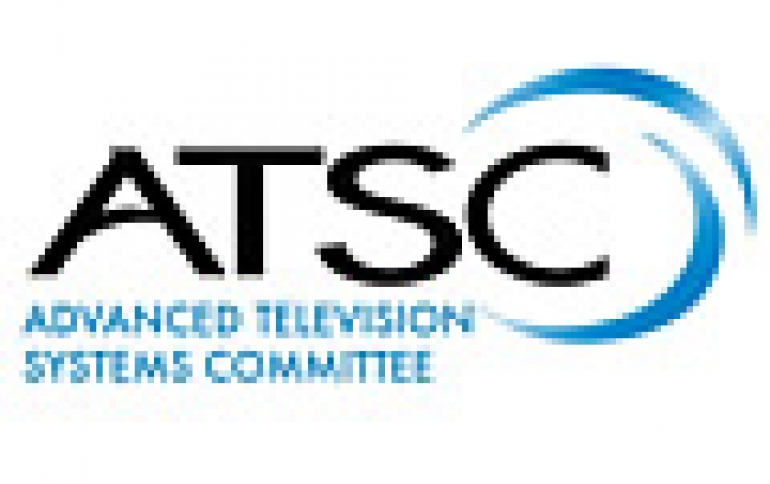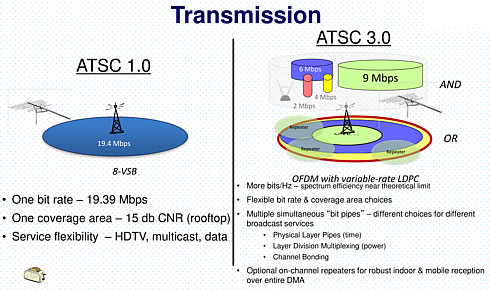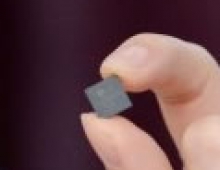
ATSC 3.0 Digital TV Standard Released
The ATSC enters 2018 marking a major milestone in the development of the Next Gen TV platform with the release of the suite of ATSC 3.0 standards.
Announced during CES, ATSC 3.0 is the first Internet Protocol-based broadcasting system. Like the existing ATSC 1.0, the standard governs digital television broadcast methods and protocols, but ATSC 3.0 takes a step further by incorporating broadband transmission as an IP-backchannel - in other words, ATSC 3.0 TVs and receiver devices can potentially have the capability to send and receive all types of content via the internet and over-the-air. The new standard also supports TV codec and standard enhancements including HEVC encoding for up to 4K at 120fps, wide color gamut, and support for Dolby AC-4 and MPEG-H 3D immersive audio systems.
The key benefits of Next Gen TV, including richer, more lifelike colors and sharper detail, were demonstrated at CES, where 4K Ultra High-Definition TVs, displays and technology enhancements including high dynamic range, wide color gamut and higher frame rates were on full display.
The ATSC will serve as an information center for broadcasters and manufacturers preparing to launch services and products. That means exciting opportunities for ATSC members to get engaged in field testing, field trials and plug-fests this year. Also opportunities to contribute to important new areas like conformance and compliance, privacy and security, and so on.
Meanwhile, the ATSC 3.0 uses the existing wireless internet infrastructure and multi-device streaming approach, utilizing internet-style advanced cross-platform data collection to entice both consumers and advertisers.
ATSC 3.0 is also embracing the OFDM modulation method, which offers a more efficient LDPC forward error checking codes and has several modes from the 1Mb/s to the highest-capacity 57Mb/s.

Devices such as tablets and smartphones will be able to communicate with an ATSC 3.0 TV in order to present related, second-screen, or identical content as that on the primary device. A tablet could act as a mobile duplicated screen, launching suggested mobile applications, displaying different video angles of the main screen, or functioning as a remote control.
But for broadcasters, ATSC 3.0 brings targeted advertising and audience data collection features. Interactive, real-time, dynamically inserted ads will appear during or overlaid on a program.
The new standards suite also features tailored and location-based content and emergency alerts, designed to wake supported devices in "stand-by."
Have in mind that ATSC 3.0 is not backwards-compatible with contemporary ATSC 1.0 television sets and tuners, and simulcasting comparable ATSC 1.0 broadcasts may be discontinued by 2023. Given that products won't be out for a couple years, the minimum transition period from ATSC 1.0 to 3.0 could be rather short.




















